Biomethane plant in Oberlauterbach
In the region of Hallertau, we built the first plant in the world to be fed with waste from hop crops.
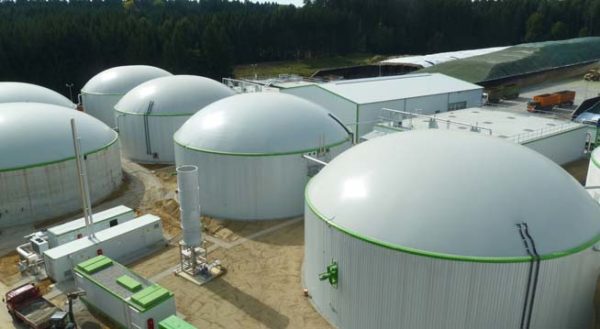
Biomethane plant in Oberlauterbach – Hallertau
Location: Oberlauterbach, region of Hallertau, Germany
Plant type: EUCO Titan 11500G, 11.5 MW (Gas)
Feeding: hops and corn silage
Waste from hop crops
Hallertau produces nearly one third of the global hops production, which is used to flavour beer around the world. Only female flowers are used in the production of the drink. What happens to the rest of the plant? Traditionally, the plant is chopped and used as a soil conditioner. At the time of harvesting, however, there is no need to fertilise the soil; hence, the waste needs to be stored.
There is also another problem: the presence of iron wires that are used to tie the plant to the supports. Their presence creates issues for transport and for use as a soil conditioner. Without adequate pre-treatment, the plant is unusable.
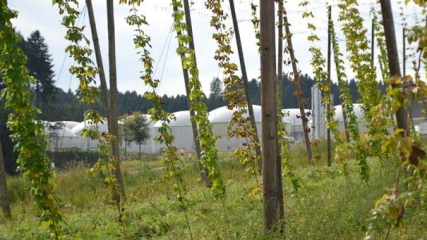
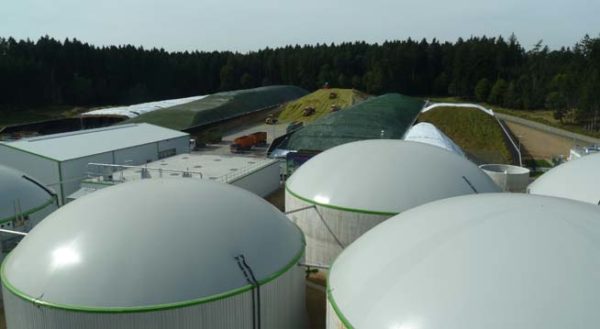
Making hops usable
In 2005, Franz Högl and his sister, Rita Högel, managers of the “Högl Kompost und Recycling” company, which specialises in composting and recycling waste, had the idea to build a biogas plant.
The first step was to develop a process that would eliminate the iron wires with the help of magnets. This way, the chopped hops may be used for anaerobic digestion.
Valuable biomass
Chopped hop plants are a valuable material, rich in fibre and with a high dry matter content. The biogas plant developed by Schmack follows a two-stage process and consists of three EUCO® continuous plug-flow fermenters and four COCCUS® secondary fermenters.
In the EUCO®, the substrate becomes more liquid, since the first phase of the anaerobic digestion breaks down the complex organic molecules, releasing water. This way, the secondary fermenters require lower mixing power. The EUCO® plants don’t just facilitate hydrolysis; that’s where approx. 50% of the biogas is produced. The combination of both types of fermenter produces the largest quantity of biogas.
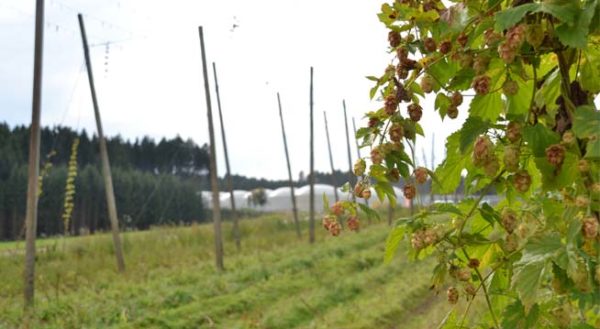
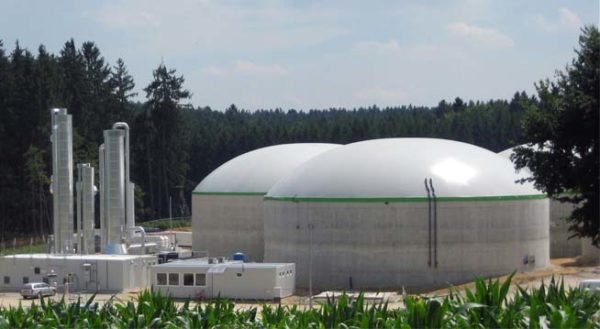
A closed cycle
The biogas produced is purified and its quality is made equal to that of natural gas. It is injected into the local gas mains and is then used for high-performance co-generation.
The biomethane of this plant produces, each year, electricity for 9,000 families and thermal energy for another 2,000.
The use of the digestate as a soil conditioner closes the crop cycle: now the soil conditioner is available whenever it is needed.
Useful reuse: the use of waste from hop crops in biogas plants
From the TV programme “Unser Land”, broadcast on the BR channel on 25 September 2015 (in German).

